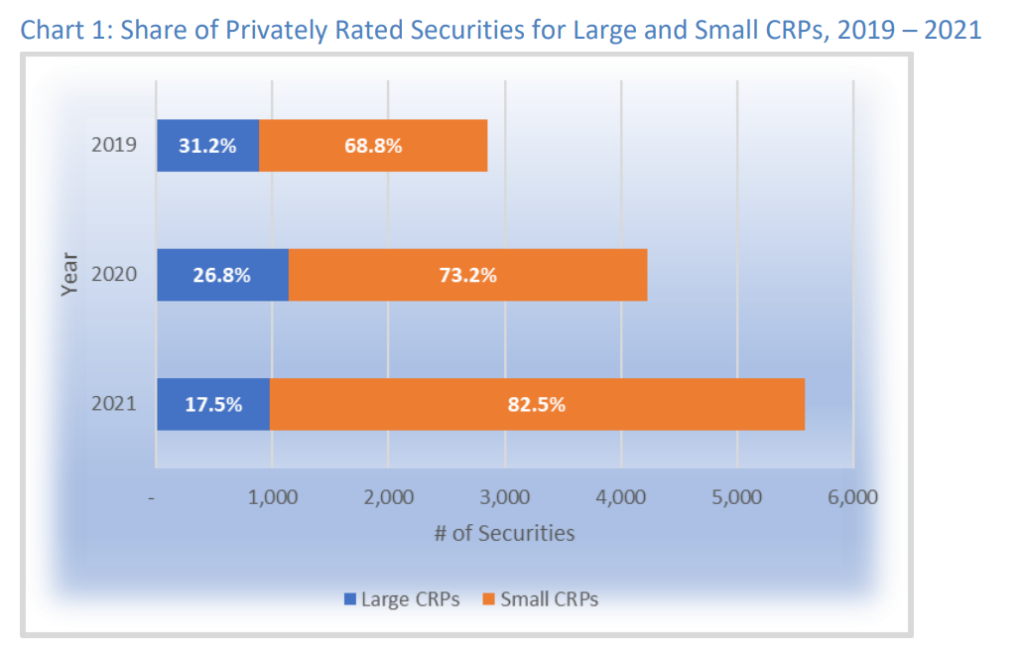Link: https://www.carriermanagement.com/news/2021/02/10/216927.htm
Excerpt:
The NAIC 2021 priorities and the charges to its key committees are (in no specific order):
COVID-19 — In 2021, the NAIC will continue its “Priority One” initiative designed to support state insurance departments in their response to the ongoing pandemic and its impact on consumers and insurance markets. NAIC has a COVID resource page that includes information on actions taken by individual states in response to the COVID 19 pandemic that impact various lines of insurance. NAIC said insurance regulators will continue to analyze data and develop the tools so that consumer protection keeps pace with changes brought on by the virus.
Big Data/Artificial Intelligence — The Big Data and Artificial Intelligence Working Group is chaired by Doug Ommen, Iowa, joined by Elizabeth Kelleher Dwyer, co-vice chair, Rhode Island and Mark Afable, co-vice chair, Wisconsin.
…..
Race & Insurance — The Special Committee on Race and Insurance is co-chaired by Maine Superintendent Eric Cioppa and New York Executive Deputy Superintendent of Insurance My Chi To.
The 2021 agenda for this panel calls for research into the level of diversity and inclusion within the insurance sector; engagement with a broad group of stakeholders on issues related to race, diversity and inclusion in, and access to, the insurance sector and insurance products; and an examination of current practices or barriers in the insurance sector that potentially disadvantage people of color and historically underrepresented groups.
Publication Date: 10 February 2021
Publication Site: Carrier Management



